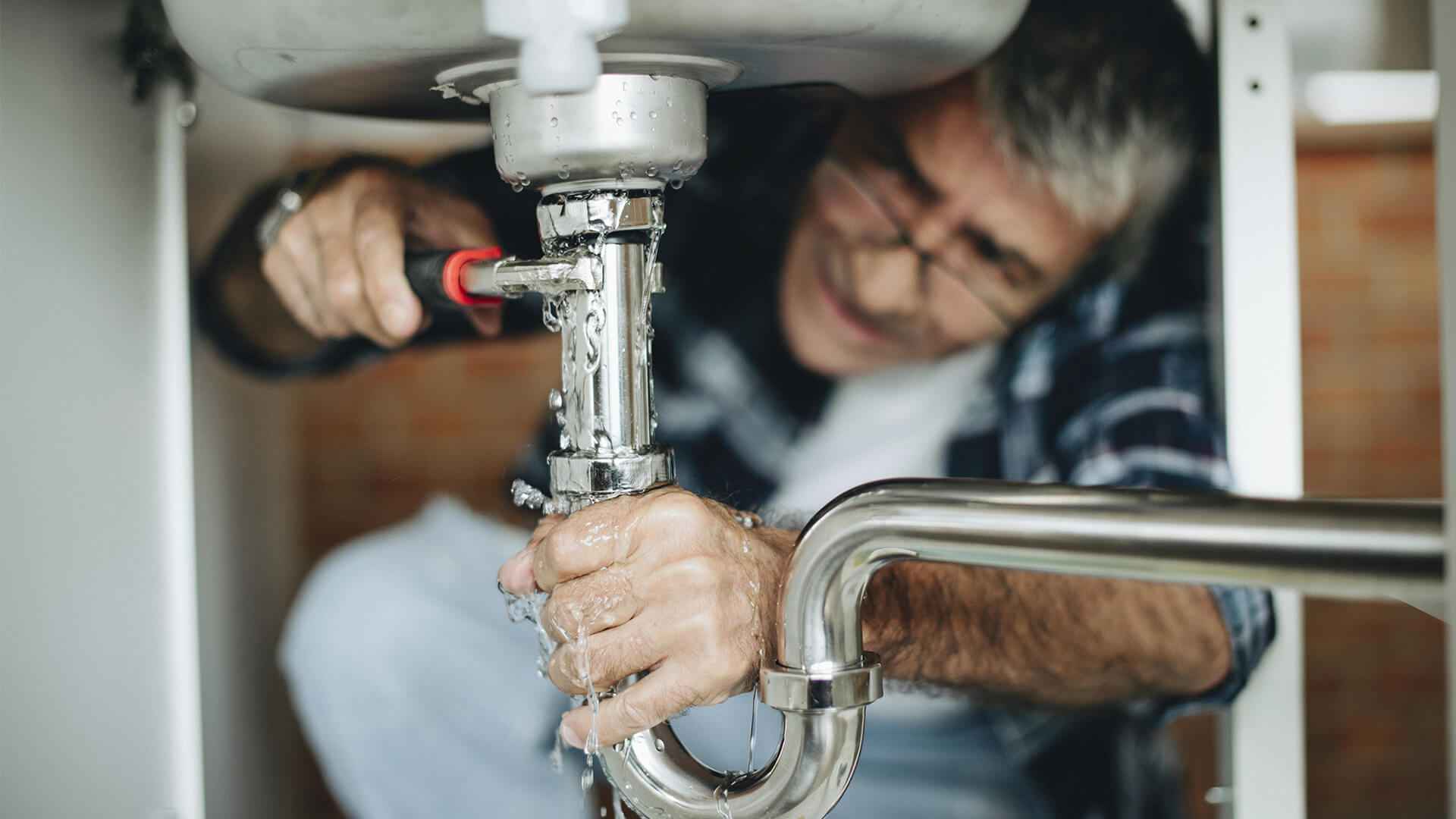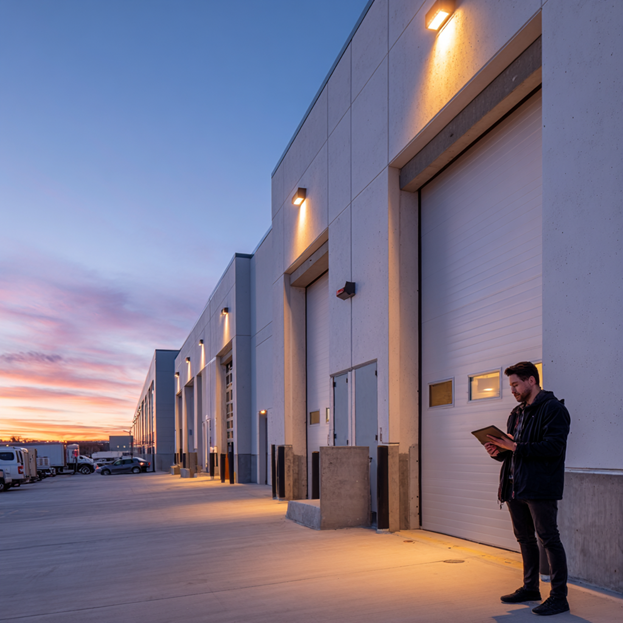If you’re presently residing in an old house, you’re likely to experience issues with the plumbing at some point. Although an old house might have great curb appeal, you need to invest time, effort, and money in maintenance, especially the plumbing.
Even if the other aspects of an old home look and work great, there might be hidden issues with the plumbing, especially if problems start to develop over time.
When you’re having a hard time deciding where to start with a plumbing upgrade project, consider working with a professional with the skills and expertise to deliver suitable modern plumbing solutions in your home. The plumbing upgrades will go a long way in helping you save money on your monthly utility bills while ensuring highly efficient plumbing fixtures.
Once you’re ready to start a plumbing upgrade for your home, here are several valuable tips to consider.
1. Utilize the Latest Material
The material in the plumbing system might be an issue most homeowners face. If you’re facing this predicament, it’s one of the easiest to remedy. Your plumber will follow the same basic layout when the house was initially constructed.
For instance, several older houses have lead pipes in their plumbing systems. Today, lead pipes are no longer suitable, whether it’s a residential building or a commercial facility. Once you decide to switch from lead pipes to more modern materials, it’s the most cost-effective solution to improve the plumbing.
2. Deal With Out of Date or Leaking Pipes
Once you notice a constant dripping sound or an abrupt drop in the water pressure reading, the plumbing might be an issue. Remember that neither of these issues is normal and might be a problem with the piping. Make sure to get in touch with a professional plumber to deal with the leaks.
If you have galvanized pipes in your home, they’re prone to internal corrosion. In the long run, the corroded material can infiltrate the system and affect the overall quality of your water.
If you’re going to upgrade the piping, consider switching to copper since it can add value to your home and ensure safe water. Don’t forget about insulating the pipes, especially those living in areas with harsh winters.
3. Consider Replacing the Toilets
One of the upgrades to an old building you might want to consider is replacing the old toilets. There are several reasons why upgrading your toilets is a wise decision, such as conserving water and saving on your monthly utility bill.
When you have toilets dating way back to the 1980s, they can consume up to seven gallons of water every time you flush. With the latest federal guidelines, toilets shouldn’t utilize more than 1.6 gallons every flush.
The aesthetic factor is also a consideration when upgrading the toilets. The old models might not add any appeal to your home. Today, you’ll enjoy the selection of toilets on the market that come in various colors, or you can have one customized to the color of your choice. Also, consider its size to ensure comfort.
4. Switch to an Efficient Water Heater
If the current water heater in your home is already decades old, it might be time to switch to a more efficient one. When you have an old water heater, it’s likely to have sediment buildup, especially if it’s not properly maintained. The sediment can accumulate and reduce the capacity of the water heater.
Today, the latest water heaters on the market can hold enough water to accommodate large families and appliances. Switching to modern water heaters will ensure energy efficiency, operate with minimal noise, and be easier to maintain.
5. Upgrade the Faucets
After dealing with the major plumbing fixtures, you also need to upgrade the faucets. An upgrade worth considering is pull-out faucets that you can conveniently operate using one hand for various tasks, such as cleaning the sink or washing dishes.
Although it’s a minor upgrade, it’s relatively affordable while adding functionality to your kitchen. As for the bathrooms, upgrading the faucets will impart an aesthetic appeal while making your bathroom feel new.
Final Thoughts
Once the plumbing in your old home needs an upgrade, don’t hesitate to start soon, and you might need a plumbing checklist to ensure everything is in order. Timely upgrades are crucial when energy efficiency and functionality are on the line. These valuable tips for upgrading old home plumbing will help save on monthly utility bills while ensuring your home is energy efficient over the years.





























